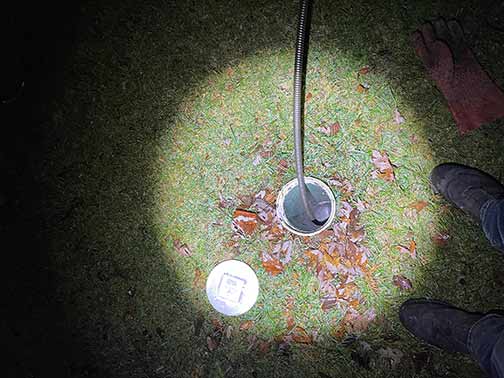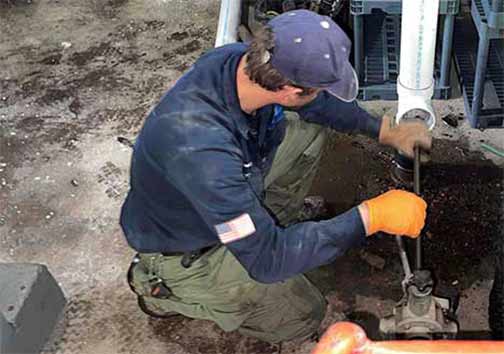
Sewer rodding is an essential plumbing maintenance service that entails using flexible rods to clear blockages in your sewer lines. This process is vital for maintaining the integrity of your home’s plumbing system and ensuring the efficient flow of waste and water away from your property. By understanding the sewer rodding process, homeowners can take proactive steps to avoid severe plumbing disasters and keep their drainage systems functioning optimally.
Common Causes of Sewer Line Blockages
Blockages in sewer lines can arise from several common causes, each of which can lead to significant plumbing issues if left unaddressed. One primary cause is the accumulation of grease and fats, which can solidify inside the pipes and create stubborn obstructions. Tree roots are another frequent culprit, as they can infiltrate and grow within the sewer lines, disrupting the flow. Flushed items that should not be disposed of in toilets, such as sanitary products, wipes, and excessive toilet paper, can also cause blockages. Additionally, the age and deterioration of pipes over time can lead to structural issues and blockages.
Benefits of Regular Sewer Rodding Services
Regular sewer rodding services come with a multitude of benefits, making it a crucial preventive measure for homeowners. Firstly, it ensures that your sewer lines remain free from blockages, reducing the risk of backups and overflows. This can save you from costly repairs and potential damage to your property. Regular maintenance also extends the lifespan of your plumbing system by keeping it in good working condition. Moreover, sewer rodding can help identify and address minor issues before they escalate into major problems, providing peace of mind and safeguarding your home’s drainage infrastructure.
How Sewer Rodding Works
The sewer rodding process involves using a series of flexible, interconnected rods that are inserted into the sewer line through an access point, such as a cleanout. These rods are equipped with specialized cutting or scraping attachments designed to break up and remove blockages. The plumber carefully navigates the rods through the pipes, using manual or motorized force to dislodge and clear obstructions. Once the debris has been removed, the rods are retracted, and the line is thoroughly inspected to ensure it is free from blockages and functioning properly.
Warning Signs of a Clogged Sewer Line
Recognizing the warning signs of a clogged sewer line can help homeowners address potential issues before they become severe. Some common indicators include slow-draining sinks, bathtubs, or showers, as well as gurgling sounds coming from the drains. A persistent foul odor emanating from the drains or the appearance of water backups in unexpected places, such as floor drains or toilets, also suggests a blockage. If you notice multiple fixtures in your home experiencing drainage problems simultaneously, it is likely a sign of a major sewer line clog that requires immediate attention.

Choosing the Right Professional for Sewer Rodding
Selecting the right professional for sewer rodding is crucial to ensure the job is done effectively and safely. Look for licensed and insured plumbers with extensive experience in sewer rodding and a proven track record of successful projects. It is also beneficial to read customer reviews and seek recommendations from friends or family to find a reliable service provider. Additionally, inquire about the equipment and techniques the plumber uses, as advanced tools and methods can enhance the efficiency and thoroughness of the rodding process. Transparency in pricing and a commitment to customer satisfaction are also key factors to consider when making your choice.
Long Term Preventative Measures
In addition to regular sewer rodding, homeowners can adopt several long term preventative measures to minimize the risk of sewer line blockages. Proper disposal of grease, fats, and non-flushable items is essential to prevent obstructions. Installing drain screens and strainers can help catch debris and prevent it from entering the pipes. Regular camera inspections of your sewer system by a professional can also identify potential issues early on. Furthermore, planting trees and shrubs at a safe distance from sewer lines can reduce the risk of root intrusion.
By incorporating these preventative measures alongside regular sewer rodding services, homeowners can effectively protect their plumbing systems, ensuring reliable drainage and preventing costly plumbing emergencies.

